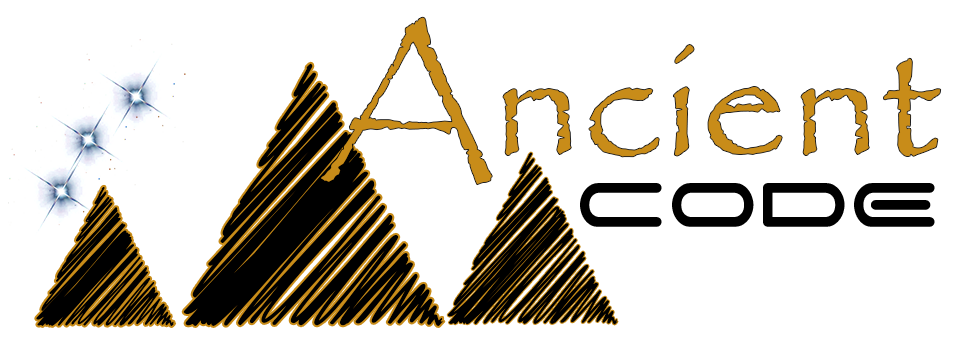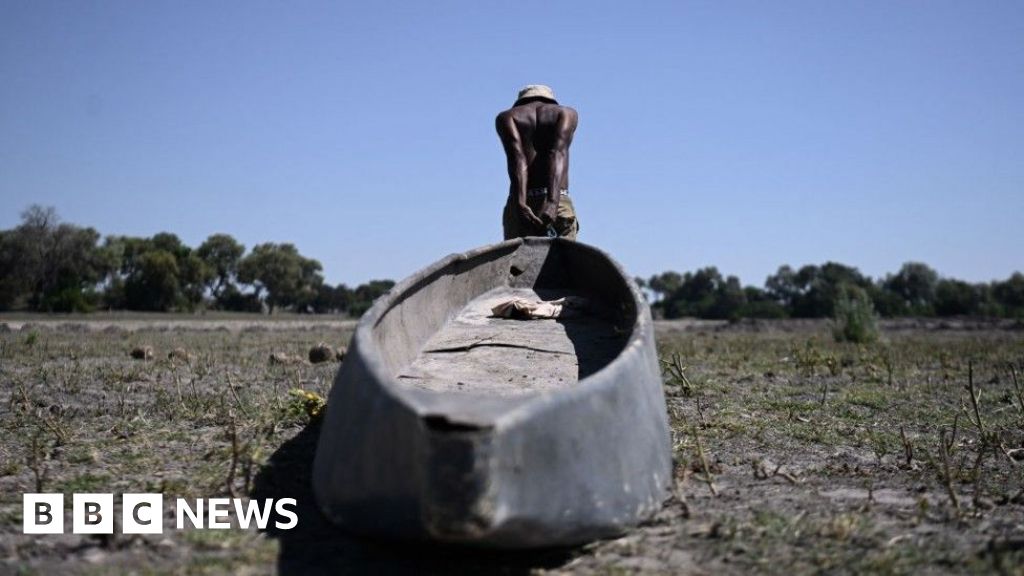King Pakal has been referred to as “the astronaut of Palenque”, mostly because of the engraving that has been found on the slab of his sarcophagus, which many authors claim is the representation of a man inside of a spaceship.
The mask unearthed in Palenque is believed to be the first ever relic found that depicts the mighty ruler, Pakal “El Grande.”
K’inich Janaab Pakal I—commonly referred to as Pacal, or Pacal the Great was ruler of the ancient city-state of Palenque. His name means Shield in classic Maya Language.
He is known for having reigned for a total of 68 years, which is considered the longest reign in the history of America.
 The Palace of Palenque. Image Credit: Wikimedia Commons. CC BY-SA 3.0
The Palace of Palenque. Image Credit: Wikimedia Commons. CC BY-SA 3.0
Pakal’s tomb has been heavily connected to the ancient astronaut hypothesis. In Erich Von Daniken’s 1968 Best Seller Chariots of the Gods, the sarcophagus lid was reproduced by the author who compared the drawing to a man inside a spaceship. More precisely, Von Daniken compared the lid of Pakal’s sarcophagus to depictions of Astronauts inside spacecraft during Project Mercury.
Von Daniken wrote:
“In the center of that frame is a man sitting, bending forward. He has a mask on his nose, he uses his two hands to manipulate some controls, and the heel of his left foot is on a kind of pedal with different adjustments. The rear portion is separated from him; he is sitting on a complicated chair, and outside of this whole frame, you see a little flame like an exhaust…”
 Ancient alien theorists propose that the Sarcophagus lid of King Pakal clearly depicts him in some sort of spaceship during takeoff, and they argue that his hands appear to be manipulating some sort of machinery.
Ancient alien theorists propose that the Sarcophagus lid of King Pakal clearly depicts him in some sort of spaceship during takeoff, and they argue that his hands appear to be manipulating some sort of machinery.
Now, experts have made a stunning new discovery.
Archaeologists have recovered a modeled mask which is believed to represent K’inich Janaab Pakal I. The finding was made during conservation works and archaeological studies in the ancient site known as El Palacio, in the archaeological zone of Palenque, in Chiapas, (Mexico). Experts report that in addition to the mask, they’ve also found ritual objects such as ceramic figures, carved bones, and flint.
“It is not a representation of a god. After looking at some images, it’s possible that it is Pakal the Great. We are quite sure of this at this time,” said archaeologist Arnoldo Gonzalez.

“During this process, under the (mask) head there were figurines, ceramic pieces, small plates, a lot of fish bones, which gives insight of a possible relationship with aquatics.”
Furthermore, according to Mexico’s the National Institute of Anthropology and History (INAH), archaeologists have also uncovered the remains of a substructure in the building commonly referred to as Casa C.
The bust of King Pakal was made during the conservation work aimed at addressing the accumulation of water in the east courtyard of the so-called House E, reports INAH.
The discovery is the result of the first stage of a conservation project that the Ministry of Culture of Mexico, through INAH, and with the support of the US Embassy in Mexico, made at the pre-Colombian site.
Featured Image Credit: INAH

 Movie
Movie 2 months ago
56
2 months ago
56 






![Presidents Day Weekend Car Sales [2021 Edition] Presidents Day Weekend Car Sales [2021 Edition]](https://www.findthebestcarprice.com/wp-content/uploads/Presidents-Day-Weekend-car-sales.jpg)



 English (United States)
English (United States)